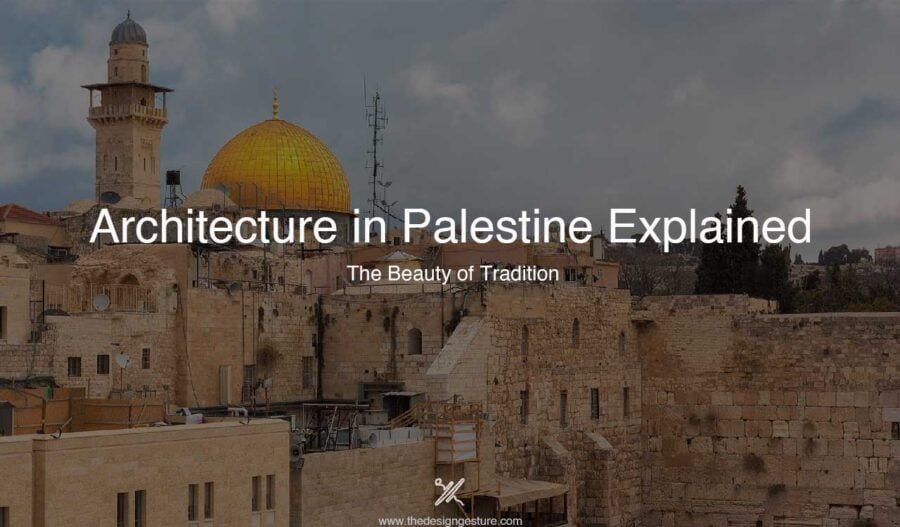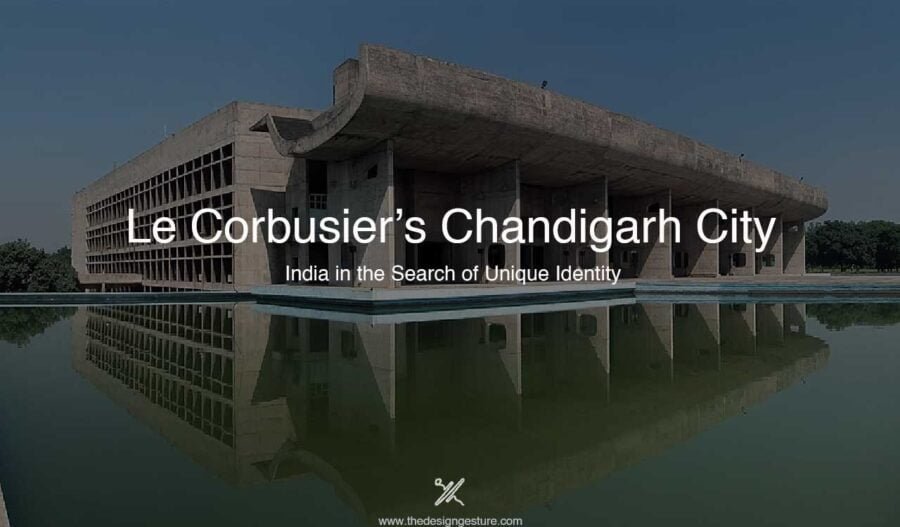Table of Contents
Introduction
Architecture in Palestine is tied to the history of the state, precisely to the geographical position, religious significance, and political events of Palestine. It is rather incontrovertible to use the term Architecture in Palestine rather than Palestinian Architecture, due to the overlapping of various architectural styles found in the structures in Palestine, mainly because of the endless conquests that the region suffered.
History of Palestine
The region that is known today as Palestine is a part of the broader Levant Region, a crossroad between three continents, namely Europe, Asia, and Africa. Due to its strategic location in the Eastern Mediterranean bordered by present-day Israel, Jordan, and Lebanon, Palestine has always been subjected to exposure and influence of distinct cultures because of the interventions and interactions of the people from the three bounding continents.
The state marked the birth of three significant religions, namely, Judaism, Christianity, and Islam, and hence, the religious significance of the state is unquestionable, especially that of the city of Jerusalem. Before 1948, Palestine was home to a diverse population of Arabs, Jews, and Christians for the same reason. The multi-religious significance of the city of Jerusalem has led to a dispute over the governance of the city.
It was during the British mandate, post World War I, that the proposal for a separate Jewish and Arab state was introduced. The idea failed then due to opposition from both parties. However, in 1947, the United Nations again proposed the partition of Palestine into separate Jewish and Arab states, with Jerusalem as an internationally administered city and on May 14, 1948, the State of Israel was established freeing Palestine from the British Mandate.
The partition led to the first war in the region. Further, in 1967, the six-day war worsened the scenario in Palestine, after which the Gaza Strip and the West Bank became occupied territories. Both architecture and life have deteriorated since then and events in Palestine are a testimony to how adversely political conflicts can affect the urban space, even today.
Architecture in Palestine
Palestine was under the reign of various empires, such as the Assyrians, Babylonians, Persians, Greeks, Romans, Byzantines, the Islamic Caliphates, Crusaders, and the Ottoman Empire during various times. The Architectural language in the cities of Palestine including Jerusalem, Acre, and Nablus was influenced by the lifestyle and culture of the invading emperors post-conquest, as architecture in the past has always been strongly associated with the ruler’s belief. However, the architecture in the villages was similar to that of the other neighboring regional styles and remained unaffected by the foreign invasions. Even in the cities, only the elite built structures were inspired by the architectural styles of the new conquerors.
Some of the important historical buildings across Palestine include Al-Aqsa Mosque in Jerusalem, Church of the Nativity in Bethlehem, Dome of the Rock in Jerusalem, Al-Sayed Hashem Mosque in Gaza, Church of the Holy Sepulchre in Jerusalem, White Mosque of Ramle in Ramle, Church of the Annunciation in Nazareth, Great Mosque of Gaza in Gaza and Church of Mary Magdalene in Jerusalem. Many of these monuments underwent several transformations due to the conquests. The Dome of Rock and Al Aqsa Mosque are ideal examples among those subjected to interventions due to invasions and the multi-religious significance of the foundation stone of the Dome of the Rock.
The Dome of the Rock
The Dome of the Rock was initially completed in 691 CE during the Umayyad period on the site of the Second Jewish Temple that was destroyed during the Roman Siege of Jerusalem in 70 CE. However, the Dome of the Rock was converted into an Augustinian church during the Crusader Period while its mosaics remain intact, its outside appearance has been significantly changed in the Ottoman period during the reconstruction of the city of Jerusalem. Again in the modern period, the monument underwent significant change with the installation of the gold-plated roof, in 1959–61 and again in 1993.
Modern and Contemporary Architecture in Palestine
Until the end of the 1960s, there was a lack of academically trained architects while master builders dominated the field. There were a few changes in the building methods and materials in this period. Stone continued to be used in structural systems while concrete buildings gradually started to appear. A bearing wall system was mainly used, but there was a tendency towards shifting to post and beam structures. From the 1970’s the number of available trained architects increased and most of them graduated from neighboring Arab countries. The first set of modern architects intended to create structures unique from that available in the surroundings built by master builders. This led to the divorce between modern and traditional architecture.
However, the current focus is shifting towards traditional architecture due to an identity crisis. Contemporary architects are involved in restoring traditional buildings and including traditional architectural elements in contemporary designs with a tendency towards regionalism. For instance, AAU ANASTAS Architects restored an 18th-century residential building, the Dar Al Majous emphasizing the courtyard, locally known as hosh, which is an inevitable element of the traditional architecture of the region. A new vaulted stone structure partially covering and emphasizing the courtyard was built.
The use of stone was intentional to resemble the rest of the structure, redefine the use of stone in contemporary architecture and surpass the limitations of stone as a building material. It is interesting to note that the same Palestinian firm had previously explored the use of stone in contemporary architecture and presented their work ‘All Purpose’ at the main exhibition of the Venice Architecture Biennale. Their work is more or less a pavilion with a curved roof made of organic-shaped roof patches supported by about 15 slender columns.
Eyal Weizman’s Take on Architecture in Palestine
Eyal Weizman is a London-based, Israeli architect, academician, and writer. Weizman has penned a book called “Hollow Land: Israel’s Architecture of Occupation”, investigating how architecture was manipulated to form occupied territories of Palestine. Weizman presented his perspective on Architecture in Palestine in a documentary titled “The Architecture of Violence” that was directed by Ana Naomi de Sousa and aired on Al Jazeera.
. EverythingThis episode can be found on Rebel Architecture – The Architecture of Violence. In the episode, Weizman explored the detrimental impact of the political atmosphere of Palestine on its Urbanscape. Weizman acknowledges the new form of the intersection of architecture and politics, The Architecture of Violence, and its expertise in intimidating people. He exclaims that the architecture and urban design in occupied Palestine are nothing but a weapon, everything from buildings, roads, and checkpoints to fences acts as a border, intensifying fear and disrupting life.
Redefining Architecture
However, the events in Palestine didn’t hinder Weizman, instead allowed him to unveil the forensic abilities of Architecture in response to the strangulating ability of Architecture that appeared in occupied Palestine. Weizmann redefined architecture as “not only to build but to use architecture as a way to interpret, protest and resist”. He leads the Forensic Architecture at the University of London, a project that uses architectural ruins along with innovative architectural and visual technologies as evidence against war crimes in legal forums. Weizman leaves every architect with a question to ponder, “What can we do as architects today to resist that destruction and violence that is enacted by architecture?”.
Architecture has a deeper meaning, purpose, and potential than being art, self-expression, and creativity. Evolution is not alien to Architecture and Forensic Architecture is one such evolution. It is high time for architects to get involved in politics and address the public needs.




